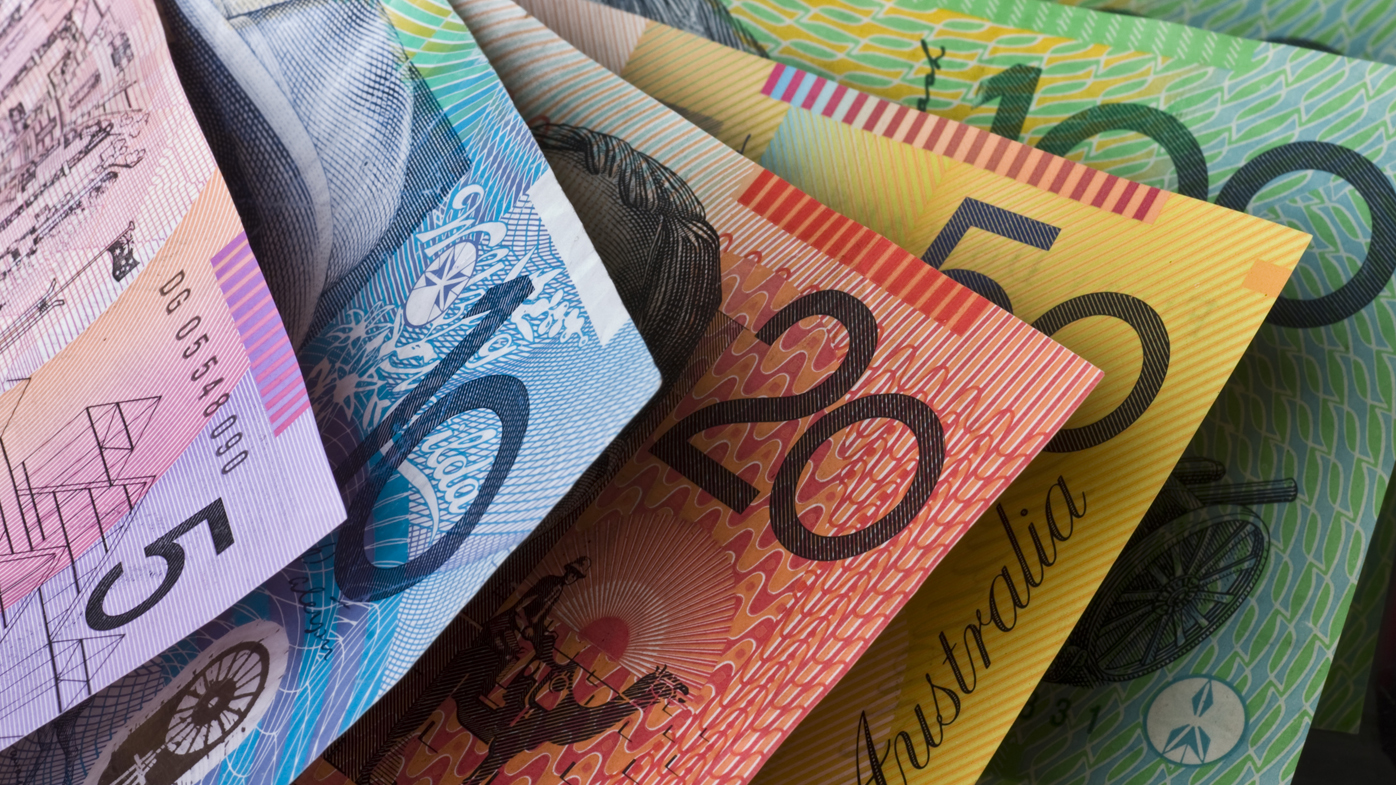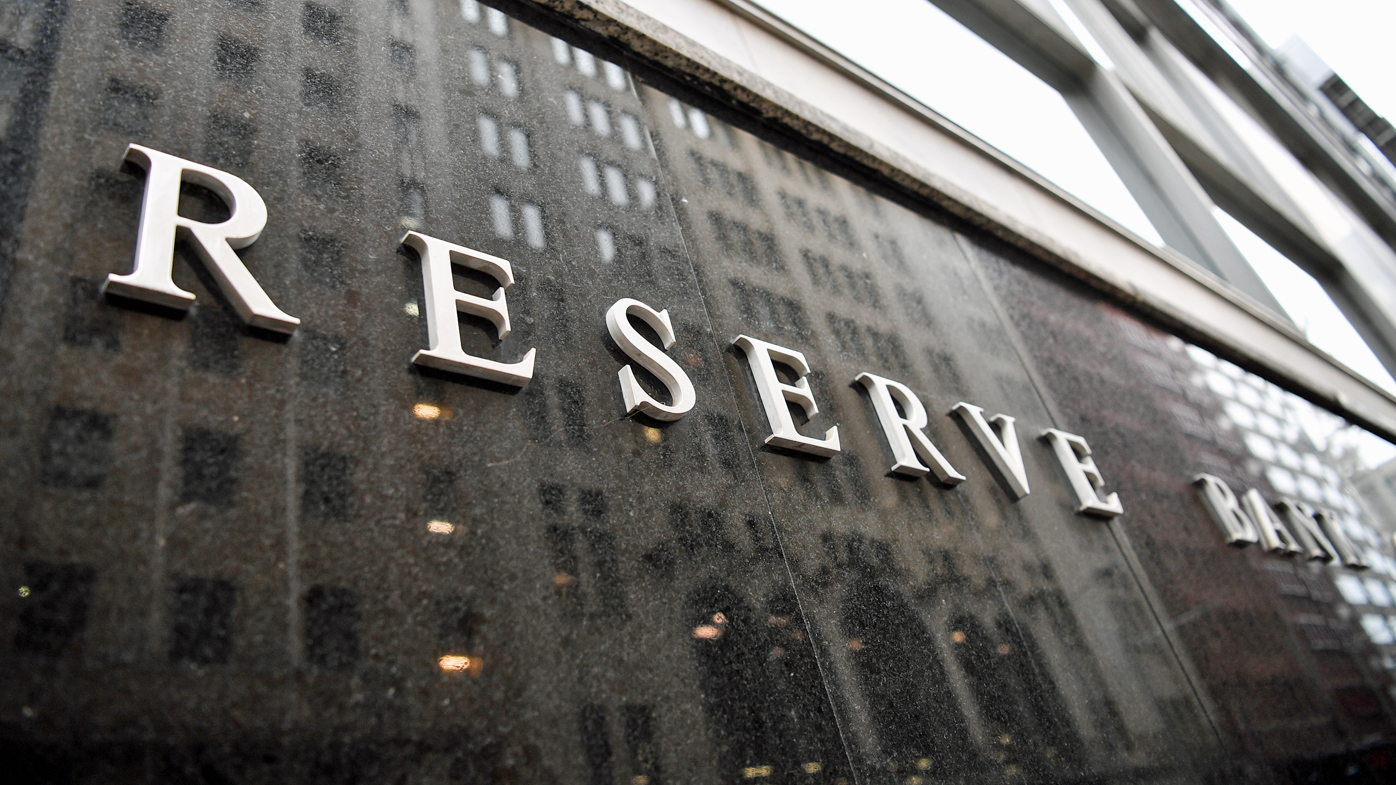Australia’s annual level of inflation has slowed to 6 per cent as the effect of a dozen interest rate hikes since May 2022 hits consumer spending.
New data from the Australian Bureau of Statistics (ABS) showed that in the June quarter of this year the consumer price index – commonly referred to as inflation – grew by just 0.8 per cent.
On a 12-month basis, inflation grew by 6 per cent, down from 7 per cent in the prior quarter.
Today’s fall was largely within the expectations of financial markets, and may now increase the chances that the Reserve Bank of Australia (RBA) will hold interest rates steady when it meets next Tuesday.
Michelle Marquardt, ABS head of prices statistics, said the price of rent was a major driver in this quarter’s results.
“Rents recorded the strongest quarterly rise since 1988, reflecting low vacancy rates amid a tight rental market. Rental price growth for flats continued to outpace the growth for houses,” Marquardt said.
“Higher demand for international travel, particularly to Europe with the start of the European summer peak season, led to price increases.
“These were partially offset by price falls for travel to South-east Asia and New Zealand as prices dipped following increases during the Christmas and school holiday periods in December and January.”
In a potential sign of hope for borrowers, the ABS noted that Australia is now in a period of “disinflation”.
“June quarter’s annual increase of 6.0 per cent is lower than the 7.0 per cent annual rise in the March 2023 quarter,” Marquardt said.
“This marks the second consecutive quarter of lower annual inflation, also known as ‘disinflation’, from the peak of 7.8 per cent in the December 2022 quarter.”
Anneke Thompson, chief economist at CreditorWatch, said the central bank will now be keeping a close eye on unemployment data.
“Trimmed mean inflation came in at 5.9 per cent, a significant decrease from 6.6 per cent over the year to March,” Thompson said.
“This result has reduced the chance of a further cash rate rise at the August meeting. It now seems that Labour Force data will become more crucial to the RBAs decision making.
“The board will be hoping to see some softening in unemployment rate, to reduce the chance of further pressure on wages.”





